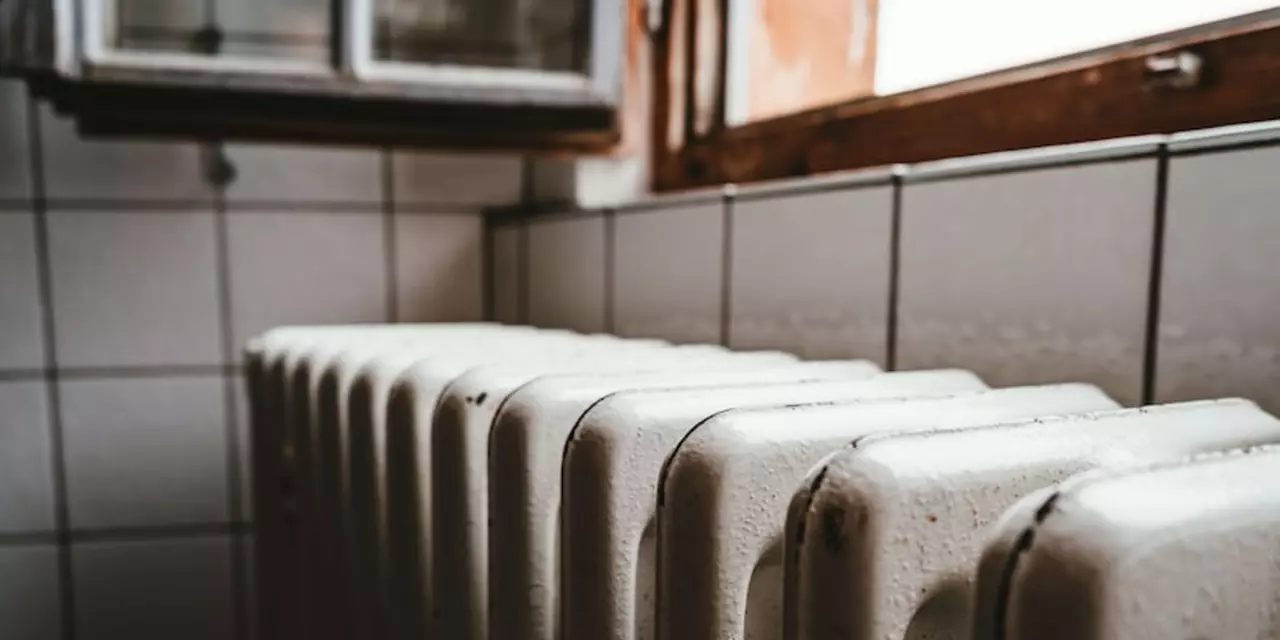Cooling Tips for Your Formula 1 Display Cars
If you love your F1 replicas, you already know they look amazing on a shelf. But the real test is keeping them looking great for years. Heat is the biggest silent enemy – it can warp plastics, fade paint and even loosen tiny moving parts. The good news? A few easy steps can keep your display cars cool, fresh and ready for every fan visit.
Why Temperature Matters
Most replica cars use high‑detail resin or ABS plastic that softens when it gets warm. Even a room that sits at 75°F (24°C) for weeks can cause tiny cracks in delicate wing pieces. Heat also speeds up oxidation, so the glossy finish can turn dull faster. And if you live in a humid climate, warm air holds more moisture, which encourages mold on any fabric seats or interior stitching. In short, a stable, cool environment protects the paint, the body and the tiny details that make each car special.
Practical Ways to Keep Your Models Cool
Start by choosing the right spot. Avoid windows, radiators, heating vents and direct sunlight. A wall‑mounted shelf in a climate‑controlled room works best. If you can’t move the shelf, add a UV‑filter film to the window – it cuts heat and protects the paint at the same time.
Use fans or a small desktop air‑circulator to keep air moving. A gentle breeze stops hot spots from forming around a single car. For bigger collections, a climate‑controlled display cabinet is worth the investment. Look for units with built‑in temperature and humidity sensors, so you always know what’s happening inside.
Humidity control is another piece of the puzzle. A simple dehumidifier set to 45‑55% relative humidity keeps moisture away from interiors and metal parts. If you notice any condensation on the glass of a cabinet, lower the humidity a few points and add silica gel packs for extra safety.
Finally, think about what you store with the cars. Keep toys, electronics or other heat‑producing items away from the shelf. Even a laptop charging nearby can raise the local temperature by a few degrees over time.
By watching temperature, airflow and humidity, you’ll notice fewer faded panels and fewer cracked details. Your Formula 1 display cars will stay as eye‑catching as the day they arrived, and you’ll spend less time worrying about repairs. Keep it cool, keep it beautiful – that’s the secret to a showroom‑ready collection.
 16 February 2023
16 February 2023
Why do some cars have multiple radiators?
Some cars have multiple radiators to improve their performance and keep the engine running smoothly. This is due to the fact that more radiators provide more cooling capacity and more efficient engine cooling. The additional radiators often have a dedicated fan and air intake system to ensure optimal airflow and efficiency. Additionally, having multiple radiators allows for more flexibility in the engine design, as the radiators can be used for different purposes. Finally, multiple radiators also help to reduce the risk of overheating, as they provide a backup system in case one radiator fails.





0